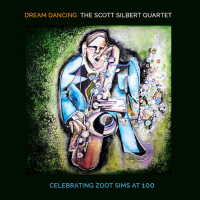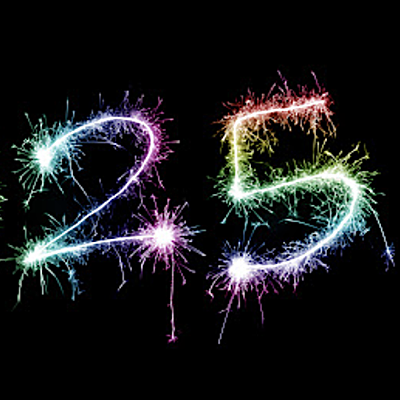Home » Search Center » Results: bill rinehart
Results for "bill rinehart"
Results for pages tagged "bill rinehart"...
Bill Rinehart
Bill Rinehart did undergraduate work at the Berklee College of Music and holds the M.Mus. degree in Jazz Studies from the Boston Conservatory/Berklee College of Music where he studied with Ray Santisi, Joanne Brackeen and Charlie Banacos. Bill has played extensively around the Boston area for the better part of the last two decades appearing everywhere from the legendary Ryles Jazz Club in Cambridge MA to a long stand at the Hampshire House on Beacon Hill in Boston. Bill now spends his time running JazzPianoOnline.com, an on- demand, digital library of streaming video jazz piano lessons. Each transcription-based lesson features a birds-eye view of the piano keyboard synchronized to animated and annotated music notation
Quincy Jones: An Evening With A Legend

by Solomon J. LeFlore
This article was first published on All About Jazz on October 31, 2014. I love jazz! I love everything about it... the improvisation, syncopation, the forceful rhythm, and the fact that it is truly America's original art form. Its unique and innovative use of brass and woodwind instruments and the piano is jazz. And, ...
Dr. Dre: Straight Outta Compton

by Solomon J. LeFlore
I read a headline today in Daily Variety (motion picture industry magazine) that said: “Straight Outta Compton chronicles the origins and history of N.W.A. ("Niggaz With Attitude"), arguably the most influential hip hop group in the history of American music. The title is taken from the title of their 1988 debut studio album, and it is ...
New Lesson on JazzPianoOnline.com: From Lead Sheet to Arrangement - The Safflower
At the heart of solo jazz piano playing lies the use of spread and rootless voicings. But to truly transform a simple lead sheet into a captivating piece of music involves digging deeper into the jazz player's bag of tricks and employing an array of arranging and reharmonization techniques to develop and intensify the underlying character ...
New on JazzPianoOnline.com: Stride Left Hand Part 1
Stride piano is a captivating solo piano style anchored by the left-hand pattern of low bass notes that alternate with mid-range chords. Using a transcription of Harry Connick's left hand on the tune “On the Sunny Side of the Street" from his 1987 self-titled debut recording as a template, the stride left hand pattern is broken ...
New on JazzPianoOnline.com: Chromatic Interval Ear Training
This lesson follows up the Diatonic Interval Ear Training lesson with the five chromatic intervals: the minor 2nd, minor 3rd, augmented 4th, minor 6th and minor 7th. Watch this lesson to learn how to associate these intervals with the first few notes of standard jazz tunes and then take a quiz to test your ability to ...
Diatonic Interval Ear Training
Updated Lesson Just Released: Diatonic Interval Ear Training In this lesson, learn to identify the seven diatonic intervals by associating each one with the first two notes of a jazz standard. Test yourself with five randomized quizzes to gain speed and accuracy in hearing these most basic intervals. Updated with lots of new under-the-hood improvements: new ...
New Lesson Just Released: Dominant Chordscales
While the mixolydian mode is the default dominant chordscale, there exists a whole world of dominant chordscale choices, each one possessing a unique sound palette owing to it's singular tension profile. The Monkish whole tone, the tense altered scale and the evocative blues scale are just three of the possibilities explored in this lesson. Learn where ...
New Lesson Just Released: Chordscales of Minor ii-V-i Progressions
The derivation of chordscales for minor ii-V-i progressions is less straightforward than with major ii-V-Is. Each minor key has three scales whereas each major key has just one. In this lesson, watch as the chordscales for minor ii-V-i progressions are derived from their component 13th chords and then see how the resulting chordscales are used by ...
















